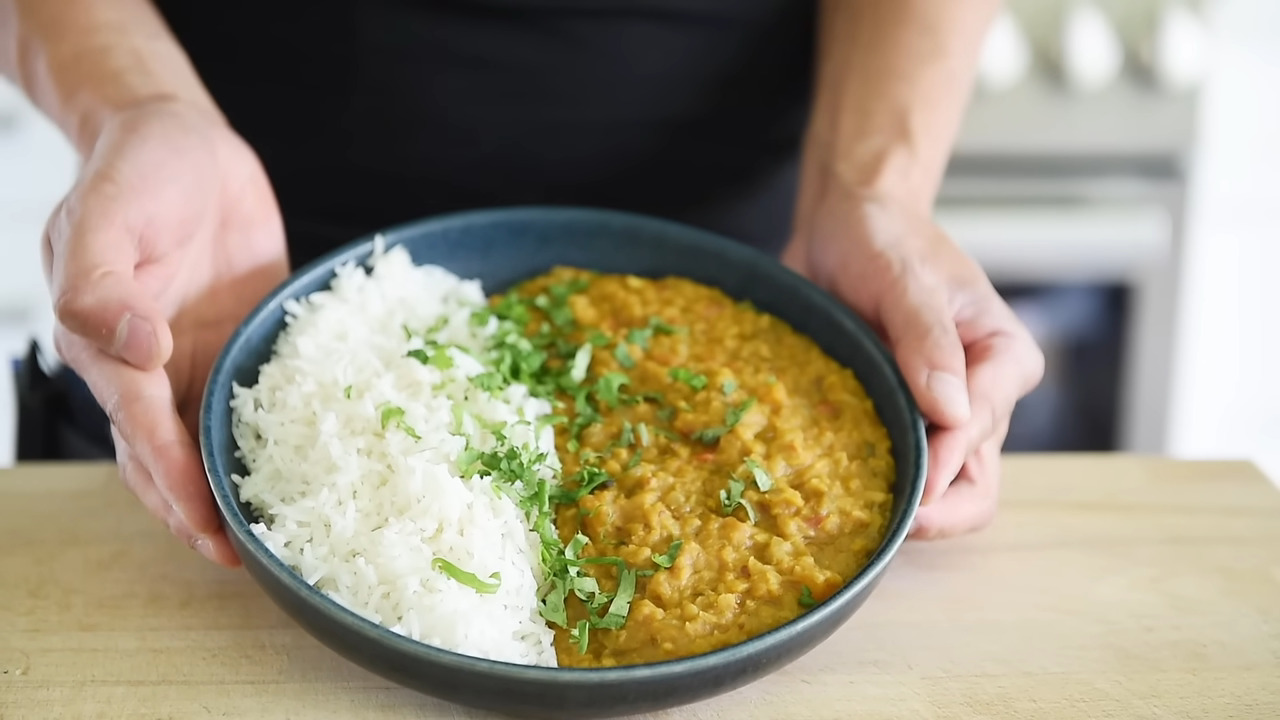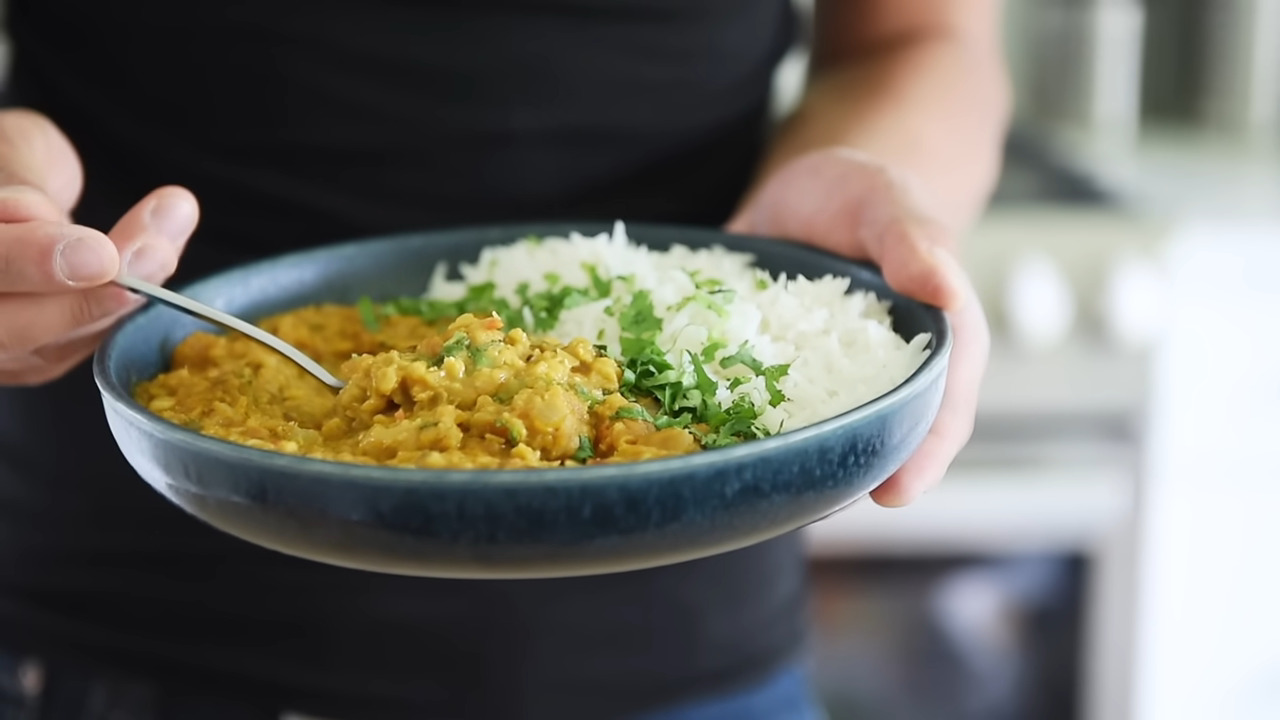Dahl, a quintessential dish in Indian cuisine, is a staple for millions of people worldwide. Its comforting, nutritious nature, combined with the rich, earthy flavors of lentils and spices, makes it an irresistible meal at any time of the day. Whether you prepare a simple, mild version or a complex, spice-laden variation, the beauty of dahl lies in its versatility, affordability, and health benefits. Given its popularity, the question often arises: can you reheat dahl? The answer is simple: yes, you can. In fact, reheating dahl is common practice, as this dish tends to taste even better when allowed to sit and let the flavors meld. However, there are a few important steps and precautions to take to ensure the reheated dahl is safe, delicious, and retains its nutritional value.
What Is Dahl?

Before diving into the intricacies of reheating dahl, it is essential to understand what dahl actually is. The term “dahl” refers to lentils or legumes that have been split and often cooked into a stew. It is a staple in Indian, Nepali, Pakistani, and Bangladeshi cuisine, with each region and household having its own variation of this beloved dish.
The main ingredients in dahl are typically lentils, peas, or other legumes, which are simmered with water and flavored with a combination of spices like turmeric, cumin, coriander, mustard seeds, and garlic. Some versions are thick and hearty, while others are more soupy. Dahl can be served with rice, chapati, or naan, making it a versatile and adaptable dish for different dietary needs and preferences.
Can You Safely Reheat Dahl?
Yes, you can safely reheat dahl. Like most cooked foods, dahl is perfectly safe to reheat as long as it has been stored properly and reheated thoroughly. Since dahl contains cooked lentils, a source of protein, proper food safety measures should be taken to avoid bacterial growth that could lead to foodborne illnesses.
Here are some basic steps to ensure your reheated dahl is safe to eat:
- Proper Storage: After cooking, let the dahl cool to room temperature before transferring it to an airtight container. It’s best to refrigerate or freeze it within two hours of cooking to prevent bacterial growth. If you’re refrigerating dahl, it should be stored at a temperature below 40°F (4°C). Dahl can last in the refrigerator for up to three days.
- Thorough Reheating: When reheating dahl, it is crucial to ensure that it is heated all the way through to at least 165°F (74°C). This kills any bacteria that might have developed during storage.
- Avoid Multiple Reheating Cycles: It’s best to reheat dahl only once. Constantly reheating and cooling increases the chance of bacterial contamination and can degrade the quality of the dish. If you’ve made a large batch, divide it into smaller portions before refrigerating or freezing so that you can reheat only what you need.
How to Reheat Dahl?
There are several methods you can use to reheat dahl depending on the amount, available equipment, and your time constraints. The most common methods include reheating on the stovetop, using a microwave, or reheating in an oven.
Stovetop Method:
Reheating dahl on the stovetop is the preferred method for most people, as it allows for better control over the consistency and texture. Here’s how to do it:
- Transfer the dahl to a saucepan or pot.
- Add a small amount of water or broth if the dahl has thickened considerably during refrigeration. This helps to loosen the dahl and prevents it from drying out.
- Heat over medium heat, stirring occasionally to ensure even heating.
- Bring the dahl to a gentle simmer and heat for about 5-10 minutes or until it is thoroughly heated.
- Taste and adjust the seasoning if necessary. Sometimes reheating can dull the flavors, so feel free to add a pinch of salt, pepper, or spices to refresh the dish.
Microwave Method:
The microwave is a quick and convenient way to reheat smaller portions of dahl. However, you need to take care to avoid uneven heating or drying out the dish.
- Place the dahl in a microwave-safe bowl.
- Cover the bowl with a microwave-safe lid or a damp paper towel to retain moisture.
- Heat the dahl on medium or high power for 1-2 minutes, depending on the portion size.
- Pause halfway through to stir the dahl for even heating.
- Once heated through, let the dish sit for a minute before serving, as the temperature may continue to rise slightly.
Oven Method:
While less common, reheating dahl in the oven can work well if you’re reheating a large quantity or serving it as part of a buffet or communal meal.
- Preheat the oven to 350°F (175°C).
- Transfer the dahl to an oven-safe dish and cover it with aluminum foil to prevent it from drying out.
- Heat the dahl for about 20-30 minutes, stirring halfway through, until it is thoroughly warmed.
Reheating Frozen Dahl
If you’ve frozen your dahl, reheating requires a little more preparation. You can thaw it overnight in the refrigerator, or if you’re in a hurry, use the defrost function on your microwave. Once thawed, follow the same reheating methods outlined above (stovetop, microwave, or oven).
Direct Reheating From Frozen:
You can also reheat dahl directly from frozen, especially if it’s a small portion. Simply place the frozen dahl in a saucepan with a bit of water or broth and gently heat it on the stovetop, stirring occasionally. Be patient, as this may take longer than reheating thawed dahl.
Tips for Maintaining Flavor and Texture
Reheating dahl is simple, but there are a few tips to ensure that your dish is as delicious as it was when freshly prepared:
- Revive the Flavors: After reheating, you may find that the flavors of the spices have mellowed. To refresh the dish, you can add a quick tempering (known as “tadka”) by heating oil or ghee in a small pan and briefly frying mustard seeds, cumin, garlic, or dried chili, then pouring it over the reheated dahl. This instantly revives the flavors and adds freshness to the dish.
- Check the Consistency: Dahl tends to thicken after being refrigerated or frozen. If your reheated dahl is too thick, add a little water or vegetable broth during reheating to achieve the desired consistency. For a richer flavor, you can also stir in a bit of coconut milk or cream.
- Pair with Fresh Accompaniments: To elevate reheated dahl, serve it with fresh accompaniments like freshly cooked rice, naan, or chapati. Adding a dollop of yogurt, freshly chopped cilantro, or a squeeze of lemon can also enhance the flavors.
Health Benefits of Reheating Dahl

Dahl, made primarily from lentils or other legumes, is packed with nutrients, including protein, fiber, vitamins, and minerals. The good news is that reheating dahl does not significantly degrade its nutritional content. Lentils retain their protein, fiber, and many essential nutrients even after multiple reheats, making dahl an excellent dish for meal prepping or batch cooking.
In fact, lentils are known to have a low glycemic index, and reheating them may even help in reducing blood sugar spikes after meals. Resistant starches formed when lentils cool and are reheated can improve digestive health and blood sugar control.
Final Thoughts
Yes, you can safely and easily reheat dahl, and in many cases, reheating actually enhances the depth of flavor in the dish. Whether you’re reheating on the stovetop, in the microwave, or from frozen, following simple steps will ensure that your dahl retains its rich, comforting taste and texture. Proper storage and reheating not only keep the dahl safe to eat but also ensure it remains a nourishing, flavorful meal.
The versatility of dahl, its health benefits, and its ability to be easily reheated make it an ideal dish for those looking to prepare meals in advance or enjoy leftovers without compromising on quality. So, the next time you have leftover dahl, feel free to reheat it and enjoy another delicious serving!